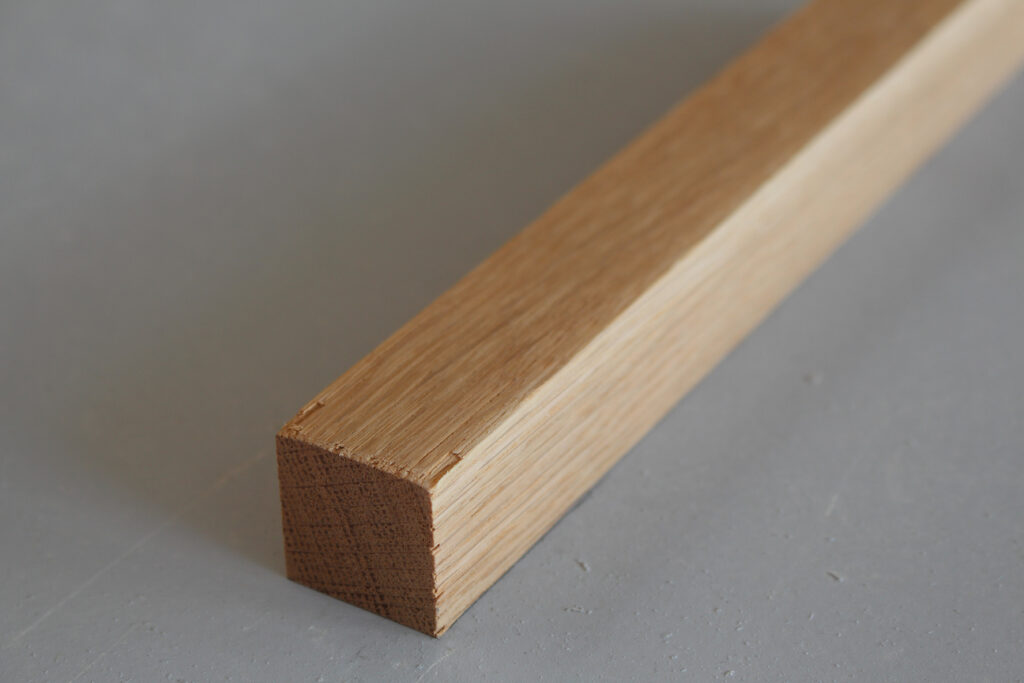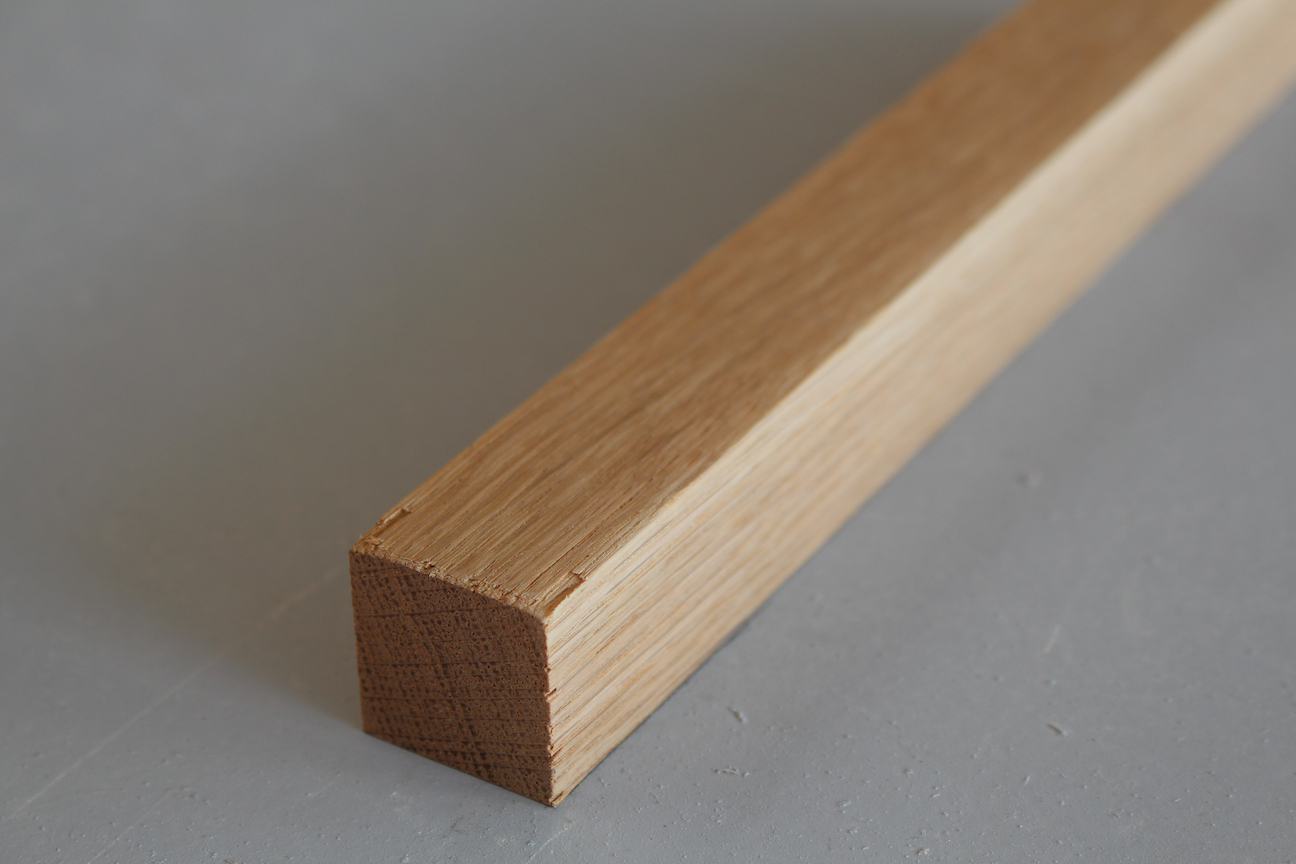
Tasseau: Exploring the Versatile World of Wood Battens in Construction and Design
In the realm of construction and interior design, the term tasseau might not be immediately familiar to everyone. However, these unassuming strips of wood, often referred to as wood battens, play a crucial role in a wide array of applications. From creating visually striking wall paneling to providing essential support structures, tasseau offers a blend of functionality and aesthetic appeal that makes it an indispensable material for builders and designers alike. This article delves into the world of tasseau, exploring its various uses, benefits, and considerations for incorporating it into your next project.
What Exactly is Tasseau?
At its most basic, a tasseau is a long, narrow strip of wood, typically rectangular in cross-section. These battens are available in various sizes, wood species, and finishes, allowing for considerable flexibility in design and application. The term “tasseau” itself is derived from French, reflecting its historical use and popularity in European construction practices. While the term might be more prevalent in certain regions or industries, the underlying concept of using wood battens for structural or decorative purposes is universal.
The Multifaceted Applications of Tasseau
The versatility of tasseau stems from its adaptability to a wide range of construction and design needs. Here are some of the most common applications:
Wall Paneling and Cladding
One of the most popular uses of tasseau is in creating visually appealing wall paneling. By attaching battens to a wall surface, designers can achieve a variety of effects, from simple vertical or horizontal lines to more complex geometric patterns. This application not only adds aesthetic interest but can also provide acoustic benefits by diffusing sound waves. Furthermore, wall paneling using tasseau can help to conceal imperfections in the wall surface, offering a cost-effective way to upgrade the appearance of a room. The spacing between each tasseau can be adjusted to achieve different looks and feels. The choice of wood species and finish further enhances the aesthetic possibilities.
Creating False Ceilings
Tasseau can be used to construct suspended or false ceilings, providing a concealed space for running wiring, plumbing, or ductwork. This application is particularly useful in commercial buildings or renovation projects where hiding unsightly utilities is a priority. The battens form the framework for the ceiling, onto which other materials, such as drywall or acoustic panels, can be attached. The use of tasseau in this application allows for easy access to the utilities above the ceiling for maintenance or repairs.
Framing and Support Structures
In construction, tasseau can be used as a component of framing systems, providing structural support for walls, floors, or roofs. While not typically used as the primary load-bearing element, tasseau can reinforce existing structures or create secondary framing for specific purposes. For instance, they can be used to create furring strips, which provide a level surface for attaching drywall or other finishing materials to uneven walls. The dimensional stability of the tasseau is critical in this application to ensure a smooth and even finished surface. [See also: Types of Wood Framing]
Decorative Elements and Furniture Making
Beyond its structural applications, tasseau can also be used as a decorative element in furniture making or other design projects. They can be incorporated into cabinet doors, table legs, or headboards, adding texture and visual interest to these pieces. The relatively small size and ease of manipulation make tasseau an ideal material for creating intricate designs or adding subtle accents. The selection of appropriate tasseau for furniture making depends on the desired aesthetic and the structural requirements of the piece.
Acoustic Solutions
As mentioned earlier, tasseau can contribute to acoustic solutions in interior spaces. When strategically placed on walls or ceilings, battens can help to diffuse sound waves, reducing reverberation and improving the overall sound quality of a room. This is particularly beneficial in spaces such as recording studios, home theaters, or open-plan offices where noise control is important. The effectiveness of tasseau as an acoustic solution depends on the spacing, size, and material properties of the battens, as well as the overall design of the room. The use of acoustic backing materials in conjunction with the tasseau can further enhance its sound-absorbing properties.
Advantages of Using Tasseau
The popularity of tasseau stems from several key advantages:
- Versatility: As demonstrated by the various applications listed above, tasseau can be used in a wide range of projects, from structural to decorative.
- Aesthetic Appeal: The natural beauty of wood, combined with the ability to create various patterns and designs, makes tasseau a visually appealing material.
- Cost-Effectiveness: Compared to some other building materials, tasseau can be a relatively affordable option, especially when using readily available wood species.
- Ease of Installation: With basic woodworking skills and tools, tasseau can be easily installed, making it a DIY-friendly material for many projects.
- Sustainability: When sourced from sustainably managed forests, tasseau can be an environmentally friendly building material.
Considerations When Working with Tasseau
While tasseau offers numerous benefits, there are also some considerations to keep in mind:
- Wood Species: The choice of wood species will impact the appearance, durability, and cost of the tasseau. Consider factors such as grain pattern, color, hardness, and resistance to moisture and insects.
- Size and Dimensions: The size and dimensions of the tasseau should be appropriate for the intended application. Thicker battens will provide more structural support, while thinner battens may be more suitable for decorative purposes.
- Finishing: The finish applied to the tasseau will affect its appearance and protect it from moisture and wear. Consider options such as paint, stain, varnish, or oil.
- Installation Techniques: Proper installation is crucial to ensure the stability and longevity of the tasseau. Use appropriate fasteners and techniques for the specific application.
- Moisture Content: Ensure the tasseau is properly dried before installation to prevent warping or cracking. The moisture content of the wood should be appropriate for the environment in which it will be used.
Sourcing and Purchasing Tasseau
Tasseau can be sourced from various suppliers, including lumberyards, home improvement stores, and online retailers. When purchasing tasseau, consider the following:
- Quality: Inspect the battens for any defects, such as knots, cracks, or warping.
- Dimensions: Ensure the battens are the correct size and dimensions for your project.
- Wood Species: Choose a wood species that is appropriate for your needs and budget.
- Sustainability: Look for tasseau that is certified by a sustainable forestry organization, such as the Forest Stewardship Council (FSC).
- Price: Compare prices from different suppliers to ensure you are getting a fair deal.
Conclusion: The Enduring Appeal of Tasseau
In conclusion, tasseau, or wood battens, remains a versatile and valuable material in construction and design. Its adaptability to various applications, combined with its aesthetic appeal and cost-effectiveness, makes it a popular choice for both professionals and DIY enthusiasts. By understanding the different uses, benefits, and considerations associated with tasseau, you can effectively incorporate it into your next project, adding both functionality and visual interest to your space. Whether you’re creating a stunning wall paneling design, building a functional support structure, or simply adding a touch of natural beauty to your furniture, tasseau offers a world of possibilities.

